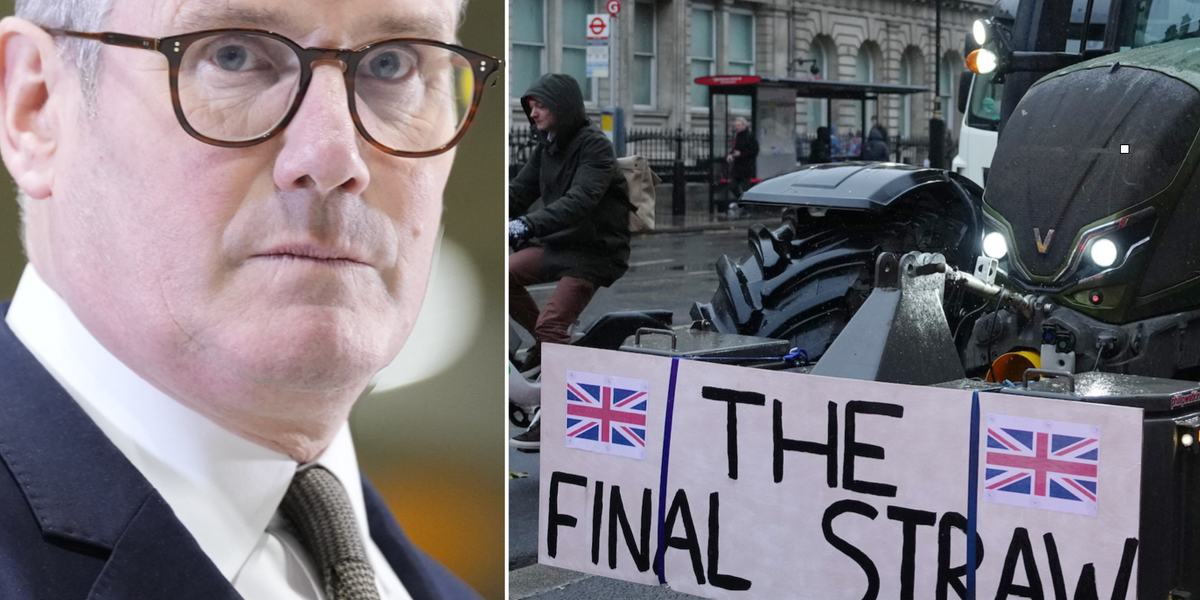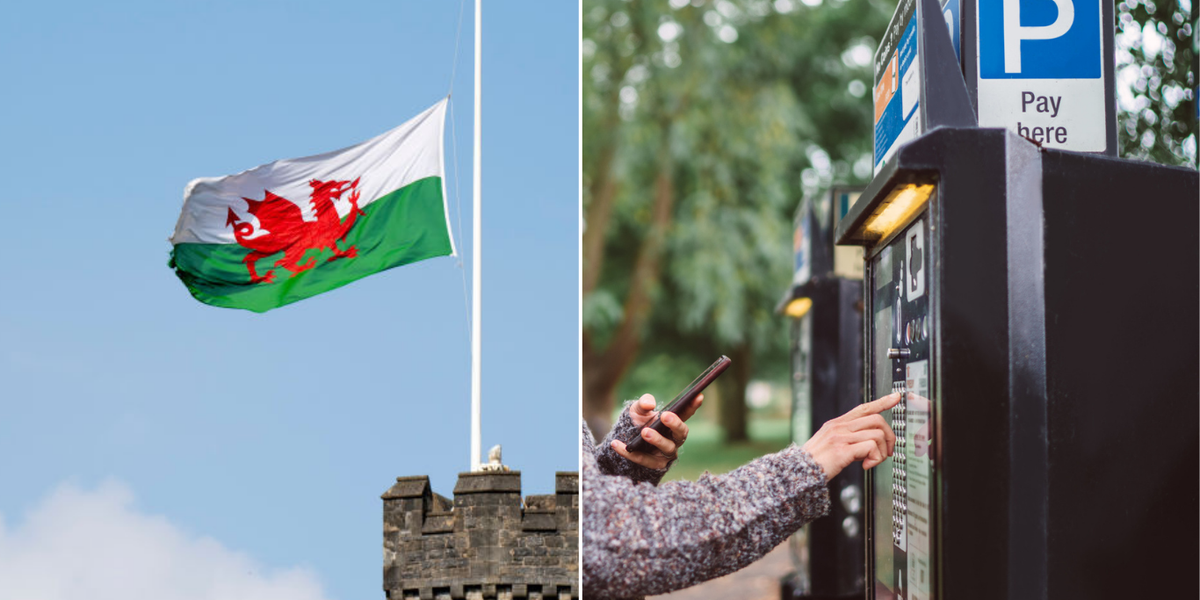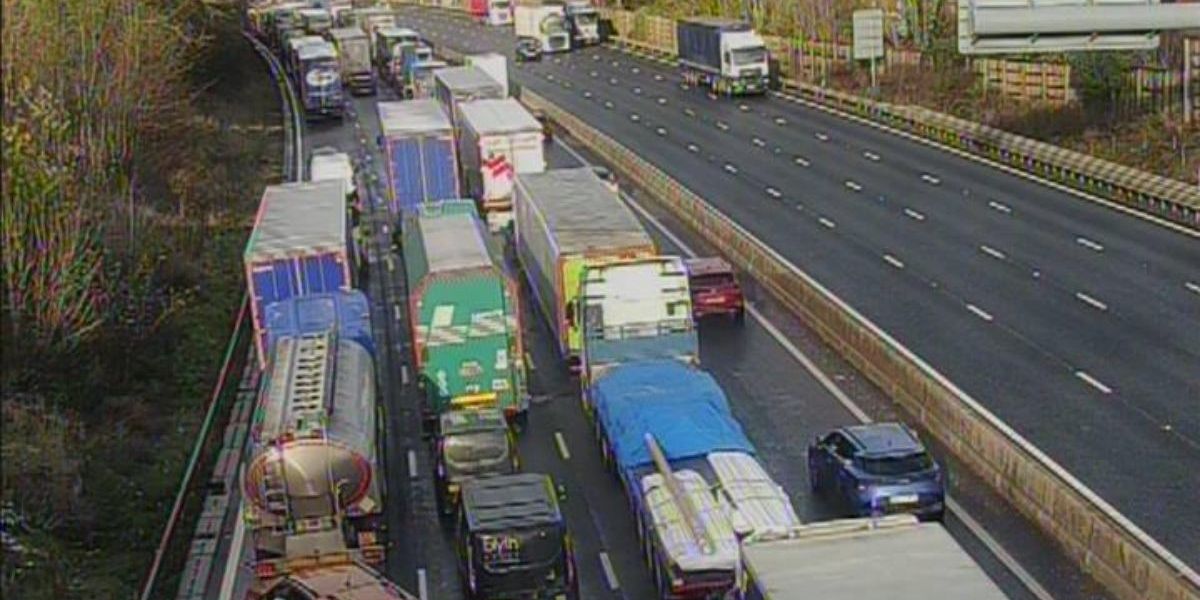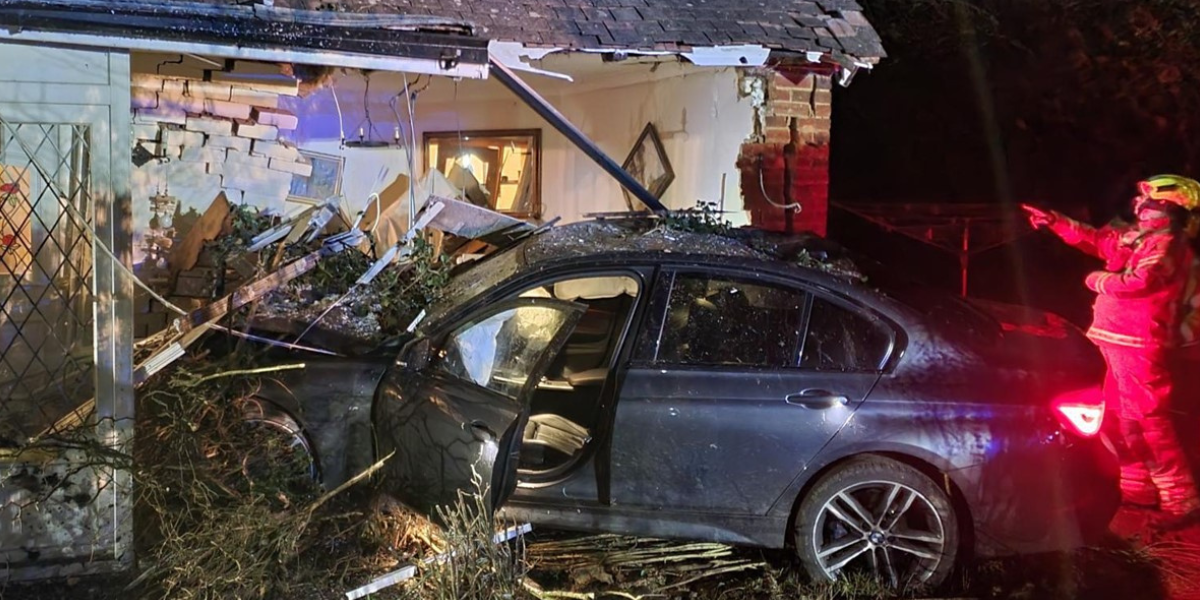New guidance could see additional restrictions imposed on motorists to boost road safety around young people and reduce congestion during busier periods of the day.
Under new Government guidelines, councils will have the power to deliver better School Street schemes in a bid to make journeys healthier and cut traffic.
School Streets are already relatively common around the UK but it is hoped that the new guidance will give councils the power to further implement the scheme.
These campaigns crack down on traffic outside schools during pick-up and drop-off times, with drivers only allowed into certain roads if they have a permit.
Do you have a story you’d like to share? Get in touch by emailing[email protected]
The new School Streets guidance aims to improve active travel
GETTY
According to the Government, the scheme “creates a safer space for children and their families to walk, wheel, cycle or scoot to school, bringing a wealth of benefits to both school pupils and residents”.
The scheme has resulted in reduced cases of dangerous driving, parking and turning outside schools during school run times, in addition to encouraging cleaner forms of travel for pupils.
The new guidance cites research from the Road Safety Trust, which shows that School Streets increase active travel and “do not cause significant road safety issues through traffic displacement”.
A recent survey found that 85 per cent of people in England support active travel and would like to do more, according to Active Travel England.
Chris Boardman, National Active Travel Commissioner, said: “The majority of kids have told us they want to walk, wheel, scoot and cycle to school – it’s what they want, and it’s what we want for them.
“It is vital that we give them the opportunity to bookend their day in the classroom with fresh air and exercise, helping them build healthy travel habits for life.
“Through our new School Streets guidance, we will be able to better design activity into our neighbourhoods and help make life happier and healthier for future generations, all while reducing congestion on the roads during school run times for residents and businesses – it’s win-win for everyone.”
School Streets guidance was shared by Boardman at the COP29 climate conference in Baku, Azerbaijan, where he also outlined the work being done to promote active travel.
Previous research from charity Sustrans found that four in five children want to walk or cycle to school and would be boosted by active travel schemes.
The new guidance states that local authorities can issue penalty charge notices to any non-exempt motor vehicles entering School Streets during its hours of operation.
School Street schemes can impact part of a road, a whole road or even several roads near a school and will operate every weekday throughout the year.
The Traffic Regulation Order (TRO) allows for exemptions for Blue Badge holders, emergency services, and local residents.
LATEST DEVELOPMENTS:
It is hoped that the new measures will cut congestion near schools at busier times
DEPARTMENT FOR TRANSPORT
Simon Lightwood, Local Transport Minister, said: “It’s crucial that children are able to enjoy the physical and mental health benefits that come with walking, cycling or scooting to schools.
“Today’s new School Streets guidance will help embed active travel at the heart of our neighbourhoods, so that children, parents, and local residents can all benefit from cleaner air, less congestion, and healthier journeys to school.”












